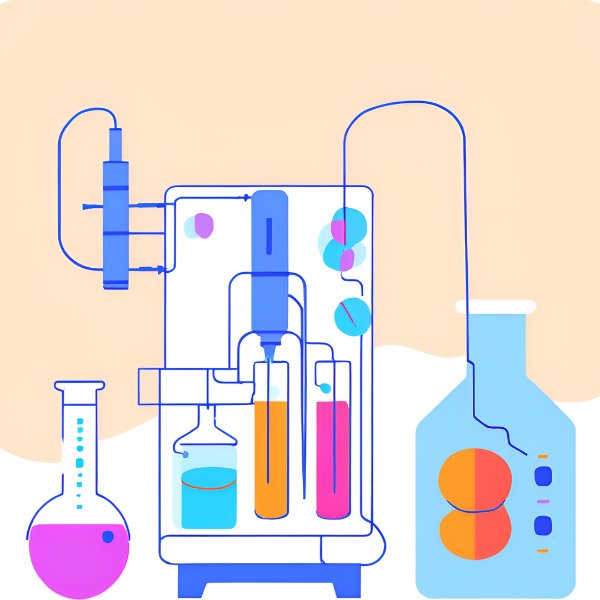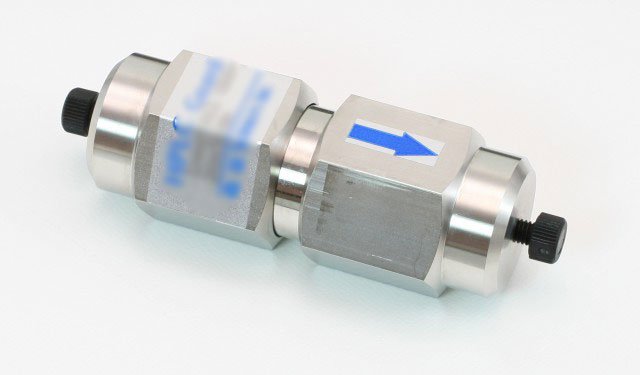Questions

No answers yet.
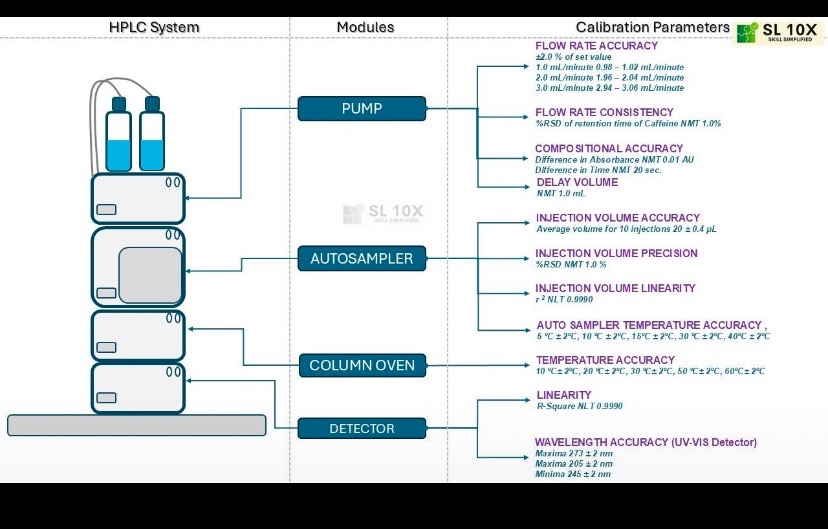
High-Performance Liquid Chromatography (HPLC) is more than just a tool — it's the backbone of accurate pharmaceutical testing. But without proper calibration, even the best system can lead you astray. Here's why calibration matters, and how to do it right.
Why HPLC Calibration Is a Must
Trust Your Data
Imagine spending hours running tests—only to realize your results are off. Calibration ensures your data is accurate and consistent, every single time.
Stay on the Right Side of Regulations
The FDA and EMA aren’t just suggesting calibration—they require it. Validated, calibrated systems are a must for passing audits and staying compliant.
Protect Product Quality
In pharma, quality is everything. Calibration helps you avoid unexpected errors that could compromise patient safety and company reputation.
What Needs to Be Calibrated?
Pump Calibration
Flow Rate Accuracy: Use a certified flow meter to check that your flow rate matches the set value.
Pressure Consistency: Keep an eye on system pressure—unexpected changes might signal deeper issues.
Detector Calibration
Wavelength Accuracy: Verify with standard calibration filters to ensure your detector is locked onto the correct wavelength.
Linearity Check: Confirm your detector’s response is proportional across different concentrations. No surprises, no drifts.
Column Performance
Efficiency & Resolution: Use standard mixtures to check that your column is still separating compounds like a champ.
System Suitability Tests
Before running samples, confirm everything’s working as it should: retention time, peak area, theoretical plates, and more.
Best Practices to Keep Things Running Smoothly
Routine Maintenance = Peace of Mind
Don’t wait for a breakdown. Regular servicing keeps your system—and your confidence—running strong.
Use Certified Standards
Accuracy starts with the right tools. Always rely on certified reference materials for calibration.
Document Everything
Keep a detailed log of every calibration. If something goes wrong, you’ll have a clear trail to track it down.
Train Like It Matters (Because It Does)
A well-trained team is your first line of defense. Make sure everyone handling calibration knows what they’re doing—and why it matters.
great :)
No answers yet.
No answers yet.
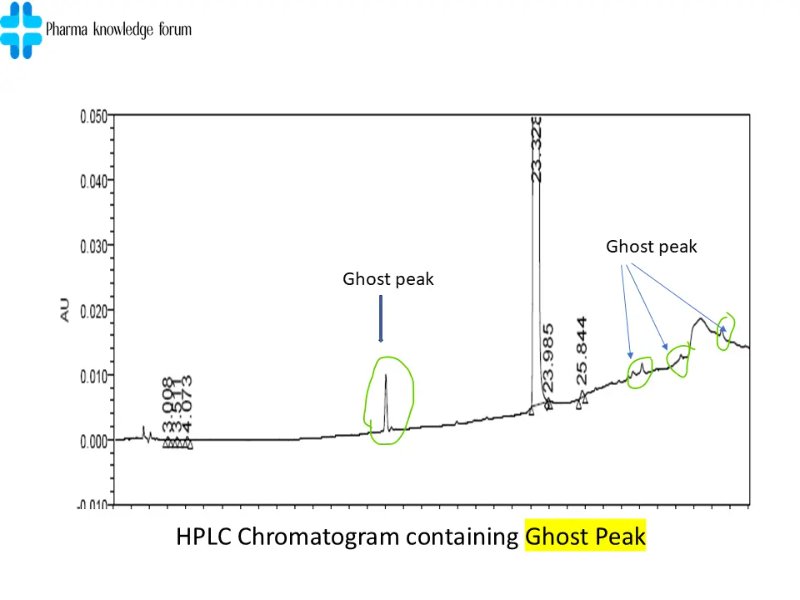
While running a long sequence, I started seeing ghost peaks appear randomly in blanks and sometimes in unrelated samples.
At first, I thought it was carryover, but after thorough needle washes and even changing vials, the issue persisted. I eventually traced it back to mobile phase contamination. I had reused an old acetonitrile bottle and later realized it had absorbed impurities from the environment.
Switching to freshly opened solvent bottles solved the issue. Now I always label solvent bottles with opening dates and discard them regularly.
great :)

causes for baseline drifting
Column temperature fluctuation – Use a thermostat column oven. Use a thermometer to check the accuracy of the set temperature.
Incorrect mobile phase composition – Prepare fresh mobile phase. Check mixer is working for gradient methods.
Contamination of detector flow cell – Flush flow cell with a strong organic solvent. If no improvement is seen, change the flow cell.
Damaged flow cell – Replace flow cell.
Pump outlet blocked – Remove blockage. If no improvement is seen, replace outlet.
Flow rate change – Reset flow rate. Test using liquid flow meter.
Poor column equilibration – Increase column equilibration time. If recently changed mobile phase, purge the system and pump of old solvent with new mobile phase using 20 column volumes.
Retained peaks look like baseline drifts –Use a guard column. Thoroughly flush the column with a strong organic solvent before the next injection.
UV detector not set at maximum absorbance – Use maximum absorbance wavelength of target compound(s)
Reference wavelength of detector is incorrect – Ensure reference wavelength of the detector is different to target compounds.
UV absorbing mobile phase – Use non-UV absorbing HPLC grade solvent.
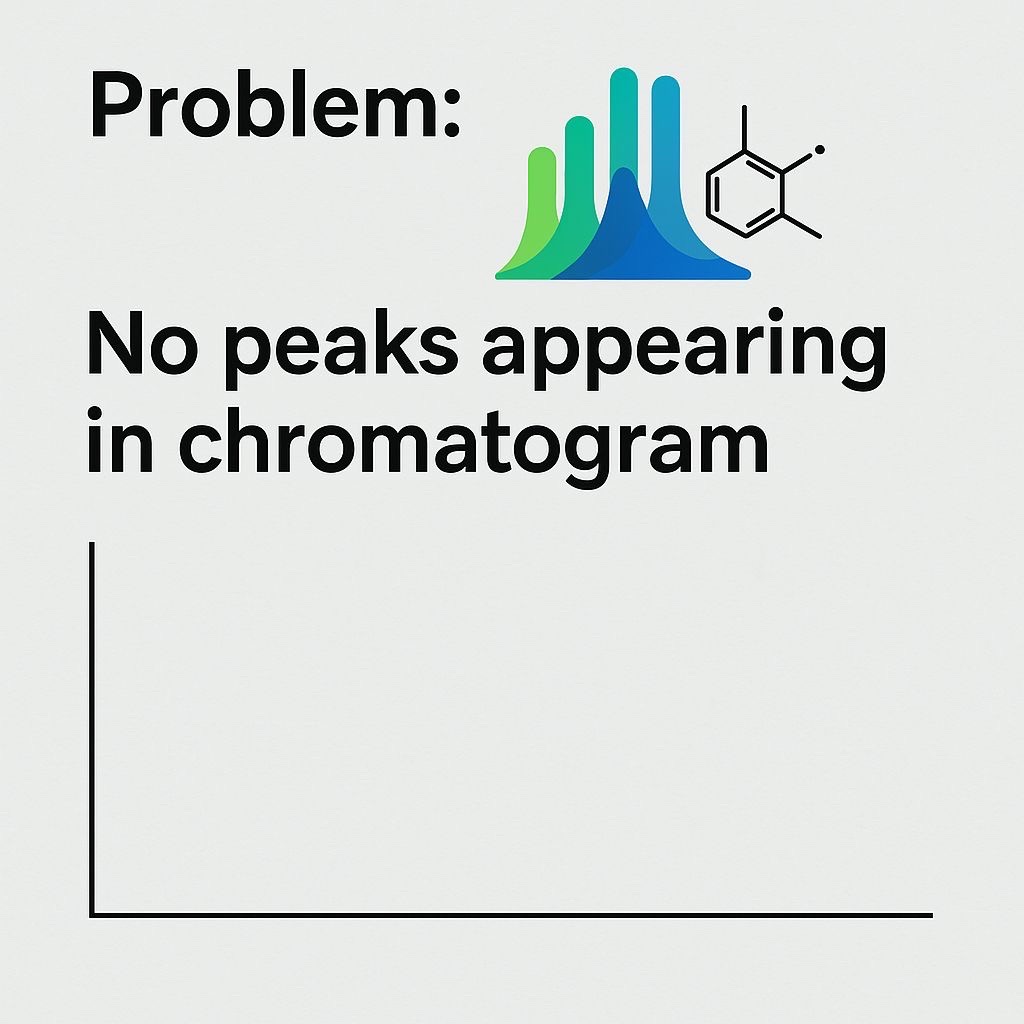
No peaks found on the chromatogram.
Possible Causes:
Detector not connected or turned on
Leak in the system
Injection volume too low
Column not properly equilibrated
Solutions:
Verify the detector settings and signal connection
Check for leaks at fittings and seals
Increase injection volume or concentration
Allow the column to equilibrate with the mobile phase for at least 10-20 column volumes


